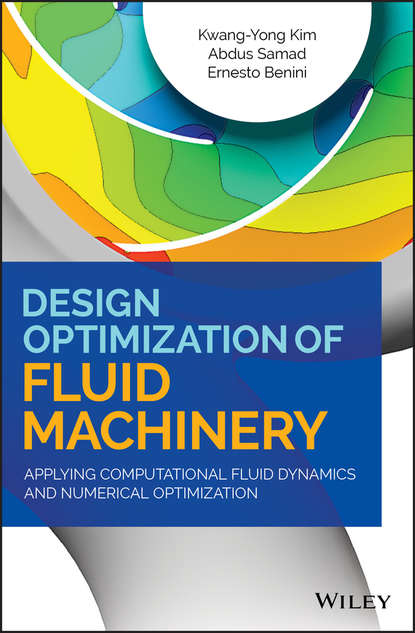Книга "Model Organisms in Drug Discovery" рассматривает использование небольших организмов, таких как мухи, черви, дрожжи и зебрафиш, как моделей для исследования функций и конструирования сложных биологических систем человека. Несмотря на то, что эти организмы кажутся несущественными, они имеют удивительное сходство с человеком в геноме и биохимических процессах. В книге описываются примеры использования таких моделей в исследованиях различных заболеваний и разработке новых лекарственных препаратов. Авторы книги - ведущие эксперты в этой области, которые рассматривают последние достижения в применении модельных систем и описывают возможные перспективы использования данных моделей в будущем. Книга будет полезна генетикам, биоинформатикам, фармакологам, молекулярным биологам и людям, работающим в фармацевтической индустрии, особенно в области геномики.
Model Organism in Drug Discovery provides insights into how model organisms-such as the fruit fly (Drosophila melanogaster), the nematode (Caenorhabditis elegans), and yeast (Saccharomyces cerevisiae)-are instrumental to advancing our understanding of biological processes and cancer mechanisms, and how these studies have led to the successful development and approval of many important medicines in the past decade.
Электронная Книга «Model Organisms in Drug Discovery» написана автором Kevin Fitzgerald в году.
Минимальный возраст читателя: 0
Язык: Английский
ISBN: 9780470871300
Описание книги от Kevin Fitzgerald
Fruit flies are «little people with wings» goes the saying in the scientific community, ever since the completion of the Human Genome Project and its revelations about the similarity amongst the genomes of different organisms. It is humbling that most signalling pathways which «define» humans are conserved in Drosophila, the common fruit fly. Feed a fruit fly caffeine and it has trouble falling asleep; feed it antihistamines and it cannot stay awake. A C. elegans worm placed on the antidepressant flouxetine has increased serotonin levels in its tiny brain. Yeast treated with chemotherapeutics stop their cell division. Removal of a single gene from a mouse or zebrafish can cause the animals to develop Alzheimer’s disease or heart disease. These organisms are utilized as surrogates to investigate the function and design of complex human biological systems. Advances in bioinformatics, proteomics, automation technologies and their application to model organism systems now occur on an industrial scale. The integration of model systems into the drug discovery process, the speed of the tools, and the in vivo validation data that these models can provide, will clearly help definition of disease biology and high-quality target validation. Enhanced target selection will lead to the more efficacious and less toxic therapeutic compounds of the future. Leading experts in the field provide detailed accounts of model organism research that have impacted on specific therapeutic areas and they examine state-of-the-art applications of model systems, describing real life applications and their possible impact in the future. This book will be of interest to geneticists, bioinformaticians, pharmacologists, molecular biologists and people working in the pharmaceutical industry, particularly genomics.



















